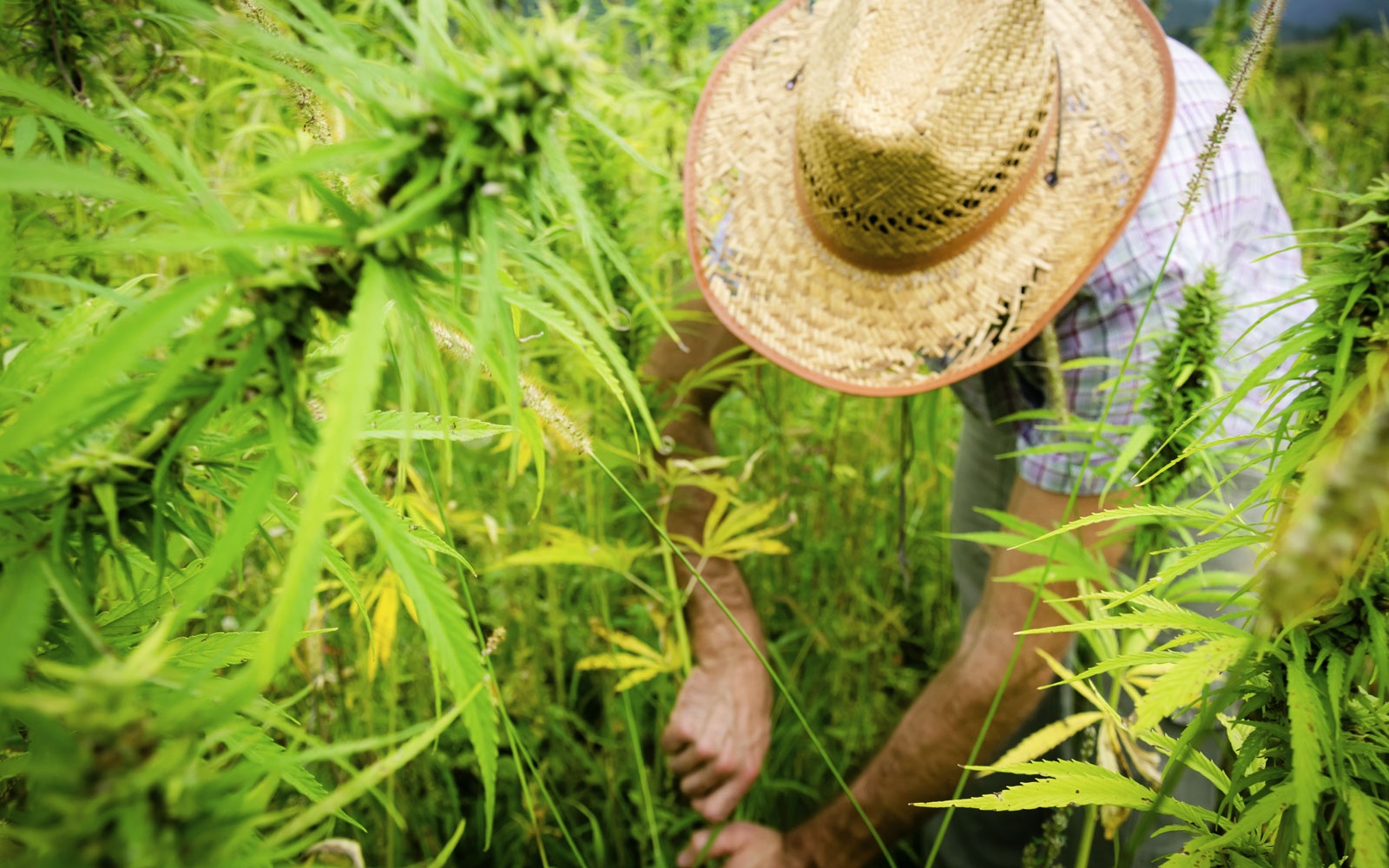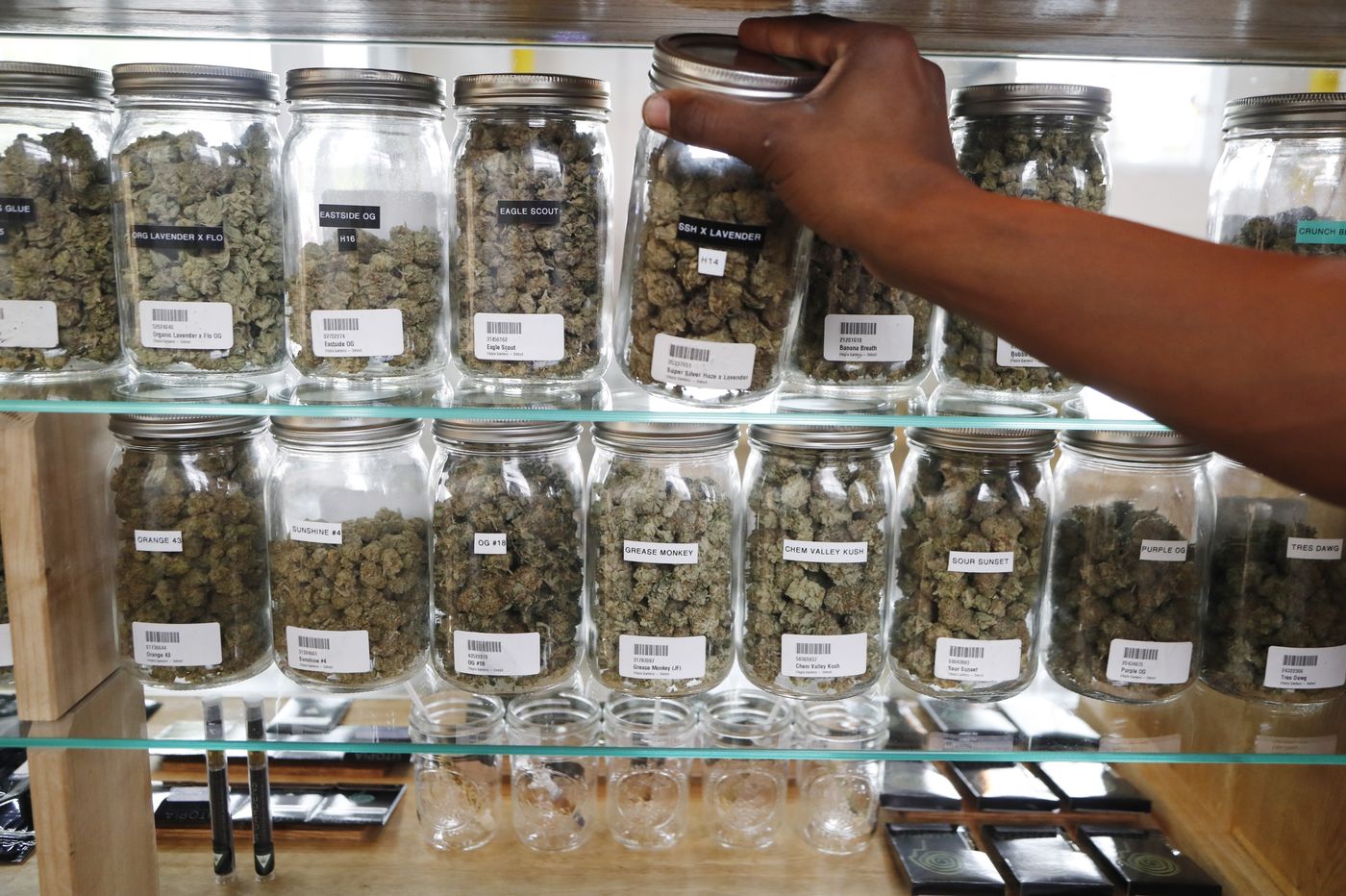
As New Jersey inches closer to legalizing recreational marijuana, many opponents raise the specter of more intoxicated drivers on the roads, and the issues of detection compared with alcohol.
For Colorado resident Mark Ashby, the legal status of a drug is almost irrelevant. What matters is its effect on a driver.
Ashby served in law enforcement for decades, specializing in accident investigations and intoxicated driving enforcement, and now serves as project coordinator for the Drug Recognition Expert (DRE) training for the Colorado Department of Transportation. He works with law enforcement officers around the state, training them to recognize the signs that a driver is intoxicated.
“We just want people to be safe on the roadways. Or at work, or at home,” he said.
Drug Recognition Experts are being trained to help law enforcement officials understand what constitutes legal impairment, particularly in the absence of a universally accepted test for marijuana impairment. Above, a Colorado landscape. (Photo by Bill Barlow)
In a February 2019 interview with Weedmaps News, Ashby said intoxication of any sort can be deadly. About 30 percent of fatal collisions involved some level of intoxication, he said.
“Every one of them was preventable,” Ashby said. Any amount of alcohol, marijuana, or any other drug has an impact on the ability to drive. “Whether the chemical is legal or not, let’s stop having these people getting killed on our roadways,” he said.
As more states allow recreational marijuana, Ashby said it’s important for law enforcement officers to be properly trained. He coordinates the DUI training programs for the Colorado Attorney General’s office, working to make sure law enforcement officers have the required training and continuing education, starting with a 24-hour basic class required of all Colorado officers.
Further training continues to the Advanced Roadside Impaired Driving Enforcement (ARIDE) course, then continuing to the DRE training, which Ashby described as a high-level course including classroom and field training.
New Jersey’s Law Enforcement Training
In New Jersey, officers are already trained to look for signs of impairment that are not limited to alcohol. The New Jersey State Police runs regular training in drug recognition.
The state police offer several levels of training in intoxicated driving detection, including a course to become a drug recognition expert (DRE). Participating officers learn to recognize when a driver is under the influence and what drugs caused the impairment. The course can take up to two months to complete.
Researchers Studying Impaired Driving
As New Jersey, New York, and other states consider legalizing recreational marijuana, legislators, public health experts, and the public at large are seeking clear direction on how to determine whether marijuana use is involved in an impaired-driving incident.
Some studies aiming to find a causal link between marijuana and traffic accidents haven’t been definitive, according to Ashby, partly because more than one intoxicant may be at work. A driver may have consumed marijuana and some amount of alcohol or other drugs such as methamphetamine or opioids. Researchers and law enforcement alike are further challenged because the relationship between THC blood test results and driving behaviors is poorly understood, according to a 2018 University of Oregon study.
The Centers for Disease Control noted that it’s unclear whether marijuana use increases the risk of car crashes because an accurate roadside test for marijuana doesn’t exist and marijuana can remain in the body for days or weeks post-use, long after any intoxication has worn off.
Marijuana legalization hasn’t led to worse traffic fatalities, according to a 2017 study in the American Journal of Public Health led by Jayson D. Aydelotte of the Department of Surgery and Perioperative Care at the Dell Medical School at the University of Texas-Austin. After evaluating motor vehicle crash rates in the first two states with legal adult-use cannabis, the authors found: “Three years after recreational marijuana legalization, changes in motor vehicle crash fatality rates for Washington and Colorado were not statistically different from those in similar states without recreational marijuana legalization.”
Three years after recreational marijuana legalization, changes in motor vehicle crash fatality rates for Washington and Colorado were not statistically different from those in similar states without recreational marijuana legalization. Click To Tweet
In a review of state transportation department statistics and traffic safety studies, researchers found no spike in fatal traffic accidents after either legalization or the opening of dispensaries in Colorado, Oregon, or Alaska, according to “Dose of Reality: The Effect of State Marijuana Legalizations” by Angela Dills, Sietse Goffard, and Jeffrey Miron of the Cato Institute, a libertarian think tank.
Using alcohol as a basis of comparison has been problematic. For alcohol, officers around the United States rely on breath tests to measure blood alcohol concentrations and determine if someone is legally intoxicated. In Colorado, New Jersey, and many other states, that limit is a blood alcohol content of 0.08 percent.
Colorado has set 5 nanograms of active THC as the limit at which an individual can be prosecuted for driving under the influence. A nanogram is one-billionth of a gram. But just as with alcohol, an officer’s judgment of intoxication can lead to arrest regardless of the detectable amount in someone’s blood.
Drivers’ Actions Matter
But Ashby pointed out that it’s the behavior of the suspect that leads to the arrest, not the blood test. In the U.S., officers need probable cause before asking for a breath test. The officer uses sight, hearing, and smell to determine whether something is wrong. Ashby said he often uses the example of grandma having a mojito. It may have a much stronger effect on her than on someone else.
Colorado is among the states that legalized adult-use marijuana and imposed testing standards to determine driver impairment. (Photo by Bill Barlow)
If there’s a reason to suspect intoxication, Ashby said, the next step will be a roadside field sobriety test. Officers check the eyes for involuntary movement, have the driver walk in a straight line and return, and stand on one leg. The tests apply to any kind of impairment.
“This goes back to grandma. If your behavior shows significant intoxication, then you’re breaking the law based on that behavior,” he said, regardless of the amount of cannabis, alcohol or other intoxicants in your system.
“We always think of alcohol as being its own little island, but in reality, alcohol is part of the central nervous system depressants and it acts just like hundreds of other chemicals,” he said. Officers tend to focus on alcohol because it is so common in society, but it is just one of hundreds of substances that can impair the ability to drive safely.
For Ashby, these issues are nothing new.
“We went 14 years before recreational was legalized, where we were dealing with medical marijuana. And we were dealing with the same issues then, too,” he said. Long before that, marijuana use was part of the community, something he said officers were trained to recognize.
“We’ve had marijuana in our community forever,” he said. “As a cop for 24 years, I’ve always dealt with people smoking marijuana and eating it and all that stuff.”
In some ways, it doesn’t really matter if the substance is legal or not, he said. He cited someone using properly prescribed [opioid] OxyContin. If that individual is intoxicated and operating a vehicle, the fact that it was legally obtained is irrelevant. If the person is not intoxicated, then no laws have been violated.
“Yes, cannabis impairment is something that’s concerning,” Ashby said. “But any sort of impairment is concerning.”
Featured image: Summer in New Jersey means more traffic. (Photo by Bill Barlow)















